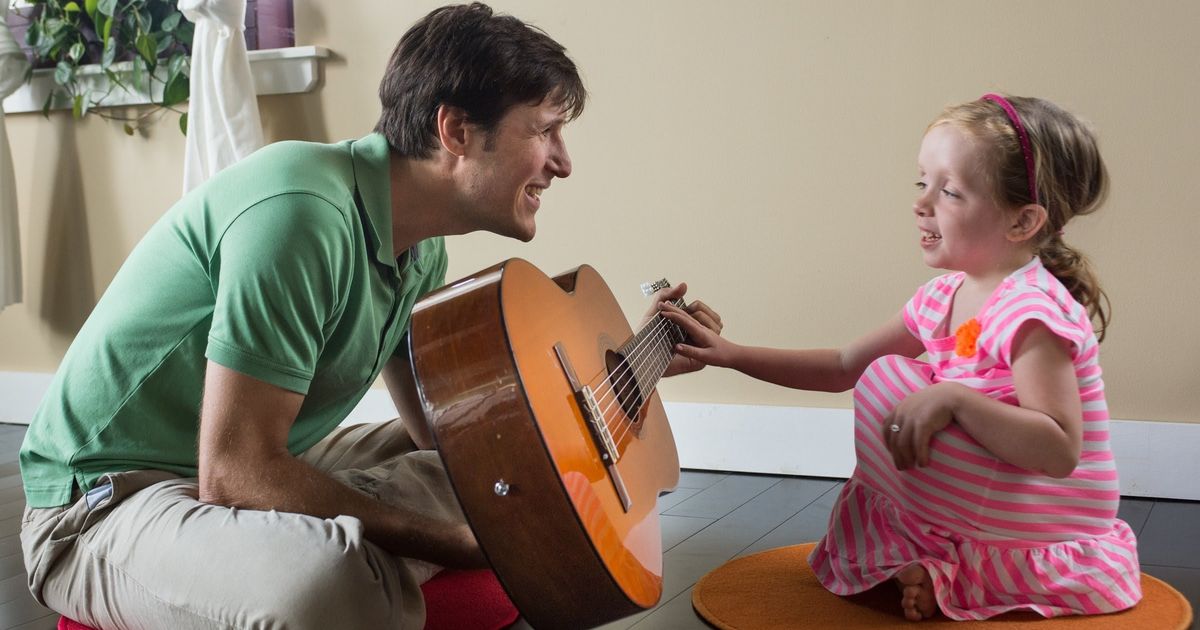The Health Benefits Of Music Therapy
You’ve probably heard the adage that 'music heals the soul,' but did you know there is some truth to this belief? It is generally believed since the beginning of time music has been used to help human beings deal with their emotions and bond with one another. Brain scans have been able to successfully prove music naturally increases neurochemicals in the brain, including 'feel good' endorphins such as dopamine, resulting in its addition to many rehabilitation programs. So listen up and discover what music therapy is and the variety of health benefits associated with it now.
What Is Music Therapy?

Music therapy (MT), also known as active music therapy or passive music therapy depending on which type is administered, has shown incredible promise for improving emotional functions and motor control in patients who may be suffering from numerous diseases or disabilities. From Alzheimer’s, Parkinson’s disease, and schizophrenia, musical intervention appears to naturally reduce the symptoms of depression and anxiety, as well as amplify one’s creativity, and improve communication between patients, their caregivers, and others in their life.
Music therapy is based on a trained musical therapist improvising music with the patient and can be done in a one-on-one setting or groups. There are two distinct types of music therapy: active and passive. Active music therapy involves an intense interaction between the therapist and the patient, compared to passive music therapy, where the patient is typically at rest while listening to the therapist.
Wondering if music therapy is for you? Keep reading to learn more about the two types of music therapy patients can experience.
The Different Kinds Of Music Therapy

Specifically, with passive therapy, the therapist begins by playing soothing and calming music that allows the patient to visualize peaceful images and reflect on their thoughts, emotions, and sensations. In contrast, in most active music therapy sessions, the therapist and patient work together playing instruments and using their voices and bodies to make music, whereas this form is highly interactive for the patient compared to passive music therapy. The use of instruments in music therapy is organized to involve as many sensory organs as possible, such as touch, sound, and sight. In both forms of therapy, rhythmic and melodic components of music are manipulated to create stimuli to help a patient reveal and deal with specific emotions, such as loneliness, joy, grief, gratitude, sadness, and frustration.
Next, discover how music affects the brain and body. The truth may surprise you!
